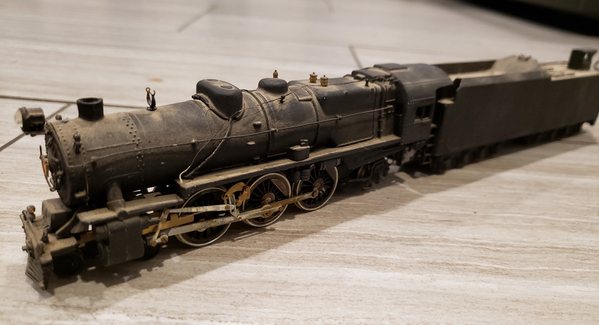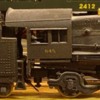After a long search, I found and bought a nice preowned MTH Premier PRR 4-6-2 K-4 from a major reseller. A 20-3296-1 w/ 3 volt PS2 to be exact, at a price that I consider to be reasonable.
It arrived and I really like it. BUT, it came with a tender for a Mikado.
The seller has searched in-house for the correct tender to no avail. They have offered to make good by either giving me a price adjustment, or full refund.
As I said I really like it and am tempted to keep this peculiar combination. It seems that good 3 volt PS 2’s and PS 3’s are more than a little hard to find. Both loco and tender are in pristine condition. I realize that this mismatch kills the resale to quite an extent, but I like to think that the price adjustment would help to blunt that hit.
I’m wondering too if the prototypes ever ran with mismatched units.











